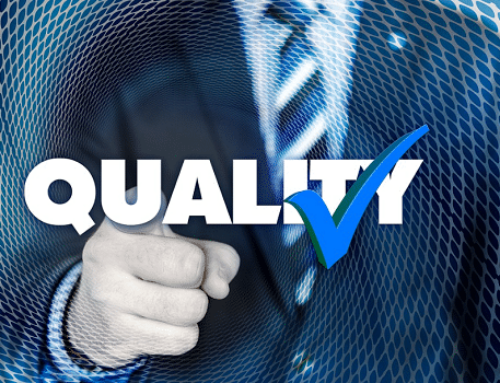
Every business leader wishing to optimize his industry’s sustainability has to create a pleasant atmosphere for his employees. This helps to guarantee work in optimal conditions. One of the tools that the company manger has is communication. The latter does not only help establish a good rapport with and between employees, but also set up a strategy to avoid errors. Indeed, communication errors in the industrial environment might be costly.
Communicating is a fundamental factor to ensure the smooth running of an industry and consequently guarantees excellent productivity. Hence, it is important to integrate good digital tools to facilitate communication in the workshop.
Picomto is an ideal solution that helps facilitate information transmission in the workshop and thus establish good communication.
Why improving communication in the workshop?
In the industrial sector, a good communication is above all the art of being understood. It is also the good information exchange technique without faulting the message. Thus, this ensures good instruction management within the factory. Instructions are then transmitted clearly and precisely.
In other words, good digital communication helps improve work. Company managers must then do everything possible to improve communication in the workshop. There are several forms of communication:
Top-down communication (downward)
This type of communication refers to the link established between the leader and all his employees. Generally, this type of communication corresponds to informative communication. The company manager disseminates information to all staff.
Bottom-up communication (upward)
As for this type of communication, it starts from the base of the pyramid (employees) towards management (company manager or line manager). In this case, employees are the ones who transmit information. We note that this communication should not be neglected as it helps receive a large amount of information such as complaints or expectations.
Horizontal communication ( cross disciplinary)
The latter is the most delicate to set up. It helps foster exchange and sharing between employees in the work organization regardless of the hierarch level.
Note that implementing communication within the workshop helps to:
- Improve the work process
- Detect non-compliance more quickly
- Avoid errors and non-quality
- Facilitate information transmission
- Ensure significant time saving
- Promote the exchange of ideas
- Develop motivation
- Improve collaboration
- Ensure better coordination between employees
- Promote productivity
It should be pointed out that the methods office, being the interface between production and design office is able to ensure the smooth running of processes.
Tools in the workshop
Sending the right information to the operator when he needs it
It should be noted that in the industrial field, work procedures and work instructions are considered as concrete supports on which all actions are based. Therefore, it is possible to say that their role is crucial to ensure the smooth running of the factory. That’s why access to the right information ensures that tasks are carried out properly.
Setting up a system for sending valid instructions to the operator spares the latter the trouble to look for information in a paper binder. This also avoids calling a supervisor or contacting the methods department. These ruptures appear to be a real waste of time.
Through software, the operator will be able to easily access the necessary information and the right procedures to carry out a specific mission. Another important point is that in addition to quickly finding information, it is updated in real time.
Moreover, communication apps allow employees in different locations to stay connected.
Data collection and information automatic centralization
Another way to ensure communication within the workshop is to collect and centralize data.
Data collection is considered as a major issue for the industry 4.0 information system. All procedures and operating modes should be centralized in a well-organized database instead of being collected in a paper format. Indeed, the latter complicates the exploitation of information and can sometimes be misleading.
In order to avoid additional manual entry work and professional errors, it is therefore recommended to collect data via forms. Note that the information contained in these forms is retained in order to be used at any time. The direct use of data allows to:
- Create dashboards
- Easily program preventive maintenance
- Improve work processes
Collecting information allows therefore to:
- Increase the reliability of field data
- Improve responsiveness within the workshop
Connection between software
Now, industry no longer operates by itself. With the multitude of data sent from one service to another, using software allows you to retrieve and transmit information. Indeed, in the industrial environment, the majority of tasks are managed by software.
From process to manufacturing, everything is controlled by software tools. It should be noted the connection between software is one of the major trends in the industry of the future. Exchanging data helps manage processes, make decisions, plan and even predict.
Interconnection of different information systems allows all constituents of the organization to communicate and exchange the necessary data in a reliable and simplified manner. Instead of looking for information on various media (ERP, GMAO, Picomto), all software systems communicate with each other and this is transparent to the user who will have all the information in the same place.
Conclusion
Picomto is your digital solution that helps facilitate communication within the workshop. Indeed, this tool is able to transmit the right work instruction to the right person. It also helps group data and communicates it to the right people. This software is also able to connect to other tools in order to retrieve/ transmit information.




Leave A Comment